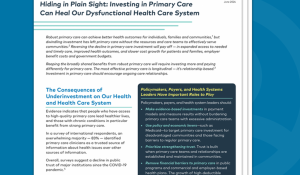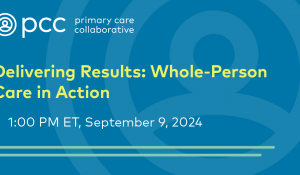You are looking at an archived version of our site. Please visit thepcc.org for a fresh, new experience!
Week in Review: Health Care's New IT Girl
|
Recent News
August 16, 2024
August 12, 2024
July 16, 2024
Missed our May webinar, “The Commercial Market: Alternative Payment Models for Primary Care,” check out this clip!… https://t.co/mDZH3IINXK —
2 years 6 months ago
Did you catch @CMSinnovates' new #primarycare strategy? Thanks to concerted efforts from @NAACOSnews and other memb… https://t.co/mDnawqw8YW —
2 years 6 months ago
Not up to date on the #Medicaid Access and #Managedcare proposed rules important for #primarycare? No worries,… https://t.co/qB6sY3XCZ1 —
2 years 6 months ago
Secondary menu
Copyright © 2024 Primary Care Collaborative





 May 8 | Alliance for Health Reform
May 8 | Alliance for Health Reform
